There are a number of possibilities for your Thuja problem. A common cause of foliar browning in some cedars is due to root rot or root damage especially if there has been a wetter than normal season or the soil is not well draining. If your garden is on clay soil and drainage is slow, the heavier rains or too much watering this season might have caused problems at the root level. Other root-related issues include compaction of soil or mechanical damage. Thuja roots are relatively shallow/close to the surface, and at 10-12 years, your cedars’ root systems would be quite extensive – growing much further from the tree than you’d expect. So any new digging, for example, even if not immediately beside the trees might have an impact. Additonally, you should check closely to see if you detect any insects or diseases. Sucking insects such as mites or scale could contribute to the browning you see. This could also be winter or salt burn from the winter season. Once you determine the cause of the browning, then you can better treat it.
This could also be cedar apple rust fungus disease. It can attack cedars planted near apple trees or members of the apple family, including crabapples, hawthorn, Juneberry and mountain ash. These trees serve as “alternate hosts” for a fungus to develop and thrive. See if you can find gall-like growths on the branches. Cut out the galls. Then spray the cedar with a fungicide application to prevent new infestations.
We also recommend if you have eliminated bugs, which are treatable, and the majority of the tree is brown — your cedar may be severely damaged. If most of the foliage is dead, the tree may not be worth saving.
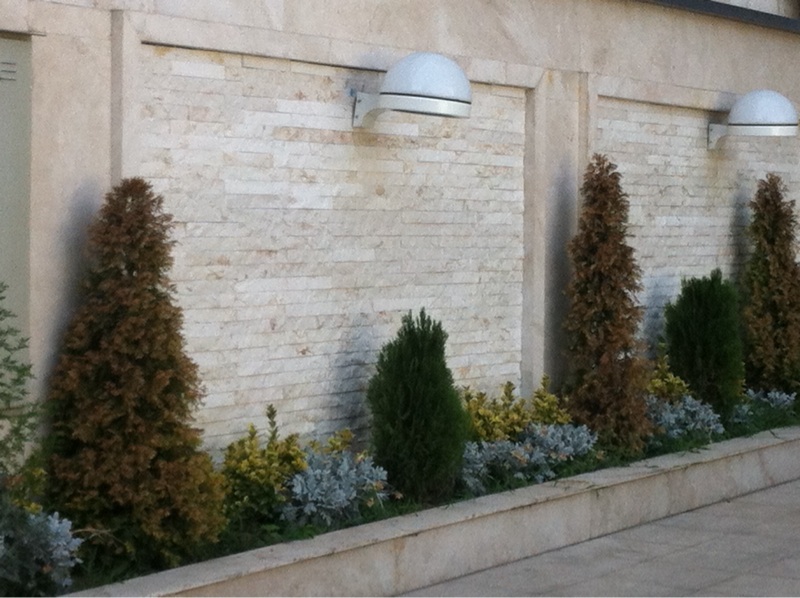
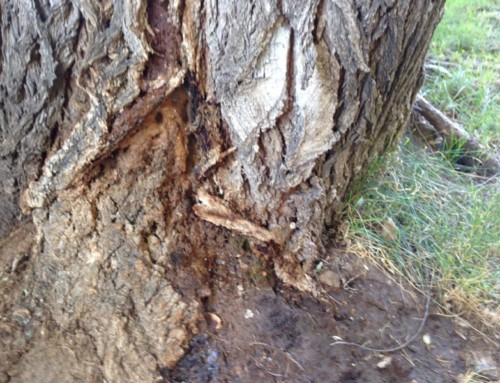
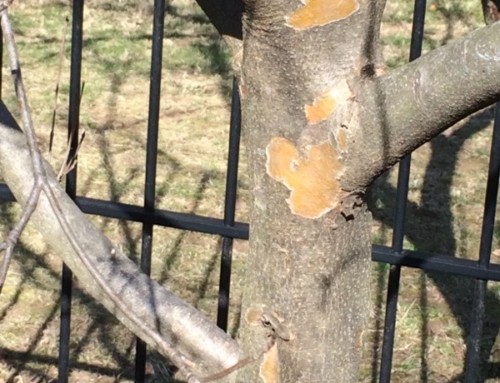
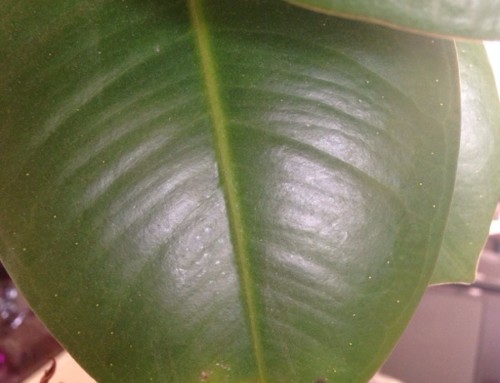
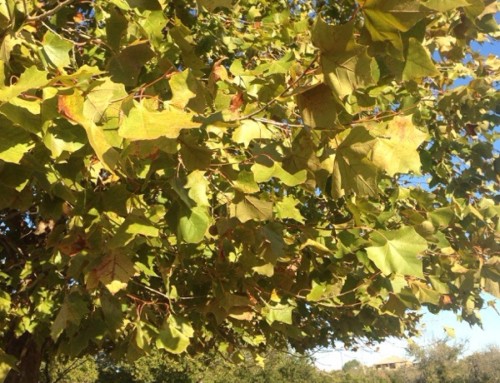
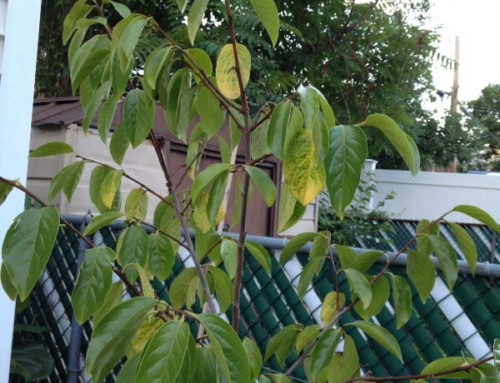
Leave A Comment